
Photography: GMB Akash
Few photographers will have started with the odds stacked so highly against them as GMB Akash. Born in Bangladesh, Akash had no access to photography galleries or darkrooms when he was growing up. There were no opportunities for him to work as an assistant to a well-known professional, learn the trade and begin to build a name for himself. The simplest image-making practiced today by any child with access to their parent’s smartphone was not a part of his childhood.
“In my surroundings and the place I brought up no one can ever thought a boy can devote himself to photography,” he recalls. “Throughout my childhood I did not have access to photographers, their work, or even a camera.”
The closest Akash came to being able to take pictures, experiment with compositions and f stops, and play with light was holding his father’s old camera, closing his eyes and imagining himself taking pictures.
His imagination seems to have worked. Today, GMB Akash travels the world taking photos that have appeared in more than 80 major international publications including National Geographic, Vogue, Time, and the New York Times. He was the first Bangladeshi selected for the World Press Photo Joop Swart Masterclass in the Netherlands and the first to receive the Young Reporters Award from the Scope Photo Festival in Paris. In 2006, the same year he released his first book “First Light,” he received the World Press Photo award. He’s been named Travel Photographer of the Year and Nikon have selected him as one of their eight influencers in the Asia Pacific region.
“I Have No Time to Play.”
It helps that what Bangladesh lacks in opportunities for photographic training it more than makes in opportunities to tell powerful photographic stories. Akash specializes in the kind of photojournalism that makes a difference. His projects have included Bangladesh’s shipbuilders, its sex workers and its child laborers. It’s those stories that have inspired him to build a career as a photographer.
“Once an eight-year old balloon maker told me: ‘I took some damaged balloons for my little sister. I have no time to play. I have only time to support my parents,’” Akash recalls. “It was at that point that I realized I should turn my lens on lives like hers.”
Akash’s most recent project, “Survivors,” focuses on the people at the bottom of society and spans ten years and seven countries: Bangladesh, India, Nepal, Sri Lanka, Philippines, Pakistan and Bhutan. In addition to the sex workers and child laborers with whom Akash has worked over the last decade, the project also includes people coping with the results of climate change as well as the homeless.
The project was funded on Emphas.is, a crowdfunding site for photojournalists. Aiming for $ 9,250 to produce a book made up of the images of people living on the edge of society that Akash has collected over the last decade, he managed to collect $ 10,450 from 94 backers.
That’s an even bigger achievement than it sounds. Bangladesh has no Paypal connection so Akash was unable to collect funds from local friends and family, the first stop for most crowdfunding campaigns.
The success of the campaign he puts down to transparency. Emphas.is users should make a plan, says Akash, identify the project’s strengths and weaknesses, use social networking to build contributions and offer good rewards. (In addition to copies of the book for those donating $ 65 or more, Akash’s rewards included signed thanks from the subjects of the book, a private workshop and a three-day tour of Dhaka.)
“Most importantly if one can evince true dedication for the project, ‘success’ will come,” says Akash.
Giving Back
There may be more to it than that, though. Akash also donated a quarter of the book’s sales price to projects that he runs with friends and well-wishers to help the poor in South Asia escape the cycle of poverty. A portion of the pledges made to the campaign on Emphas.is went to buy rickshaws and sewing machines, as well as education for children. The opportunity not just to see poverty and injustice depicted dramatically in a book of images but, in viewing those photographs, to be able to do something about it, is likely to be a far more effective benefit than any of the rewards offered on the campaign page.

Photography: GMB Akash
But while Akash’s backers are able to enjoy both wonderful photography and contribute to a good cause, Akash himself has been able to build a rewarding career taking pictures of subjects that are both meaningful and important. He says that he only ever photographs the subjects that he finds interesting and inspiring, and never with the aim of winning an award or landing a job with a publication.
He concedes, though, that the awards and recognition do help to land good assignments. The jobs tend to come in directly from magazines, agencies and organizations whenever they need help with a project or want to assign a commission. Ultimately, he argues, it’s his choice of topics to document and shoot, the injustice and poverty that he can see in his native Bangladesh, that have allowed him to build his career.
“Taking photos to feed my passion may be the most important invisible factor to win competitions/publications,” he says.
For most people today, the first steps towards a career as a photographer aren’t difficult to make. The cheapest digital cameras now cost less than the price of an electronic toy and with over a billion smartphones now sold, few children are far from the chance to point at a lens at a flower, a friend or the family pet. The satisfaction that comes with framing, shooting and making an image are now available to everyone.
Turning those first shots into a career, though, may now be harder than ever. It requires determination and talent but it’s also possible to do it with an eye for a story and the determination to use a camera to document injustice and help those who need it.

Photopreneur – Make Money Selling Your Photos







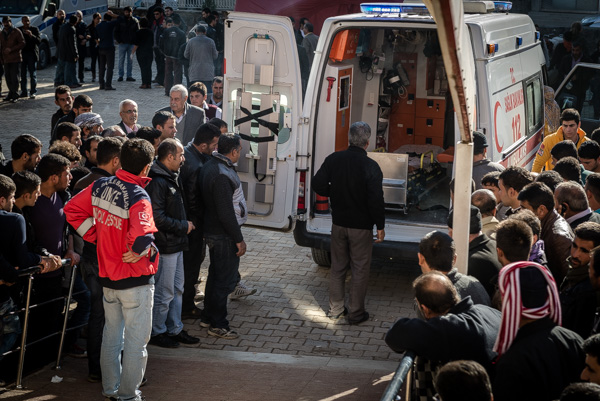
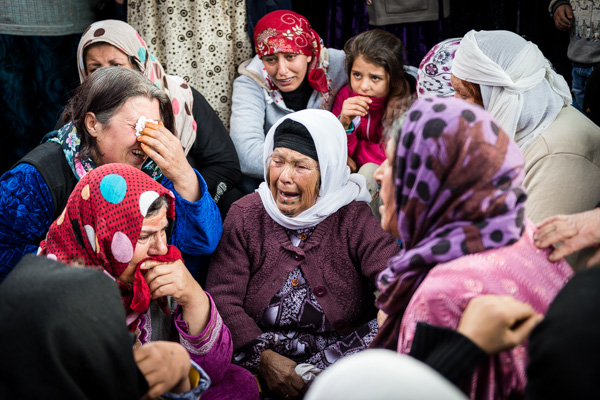

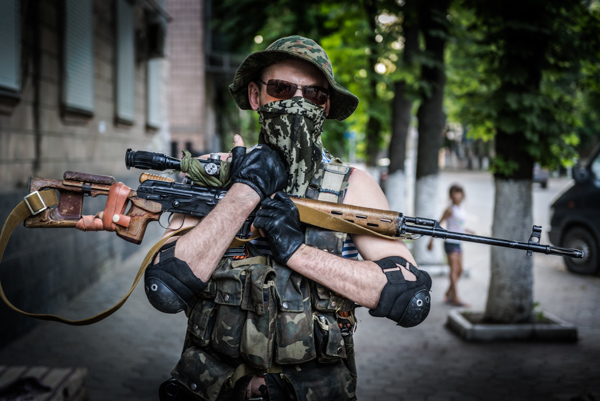
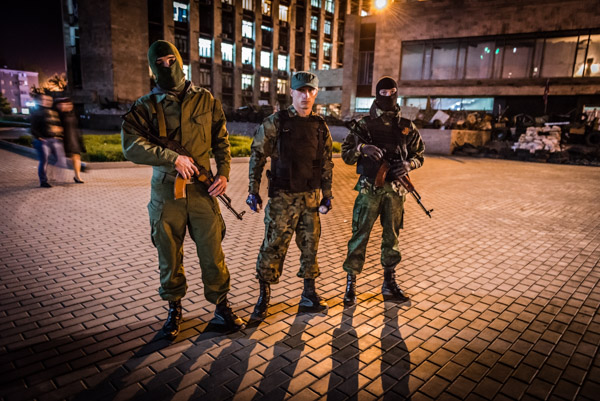
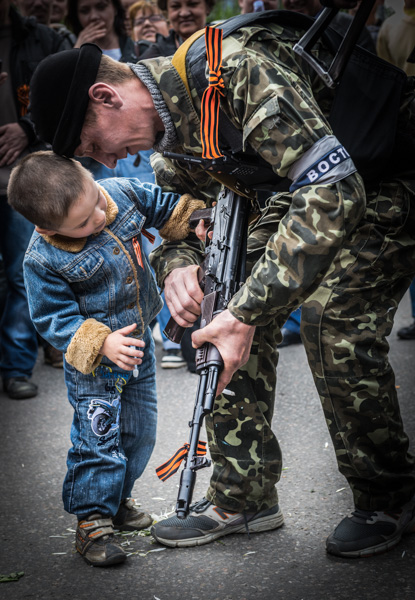



You must be logged in to post a comment.